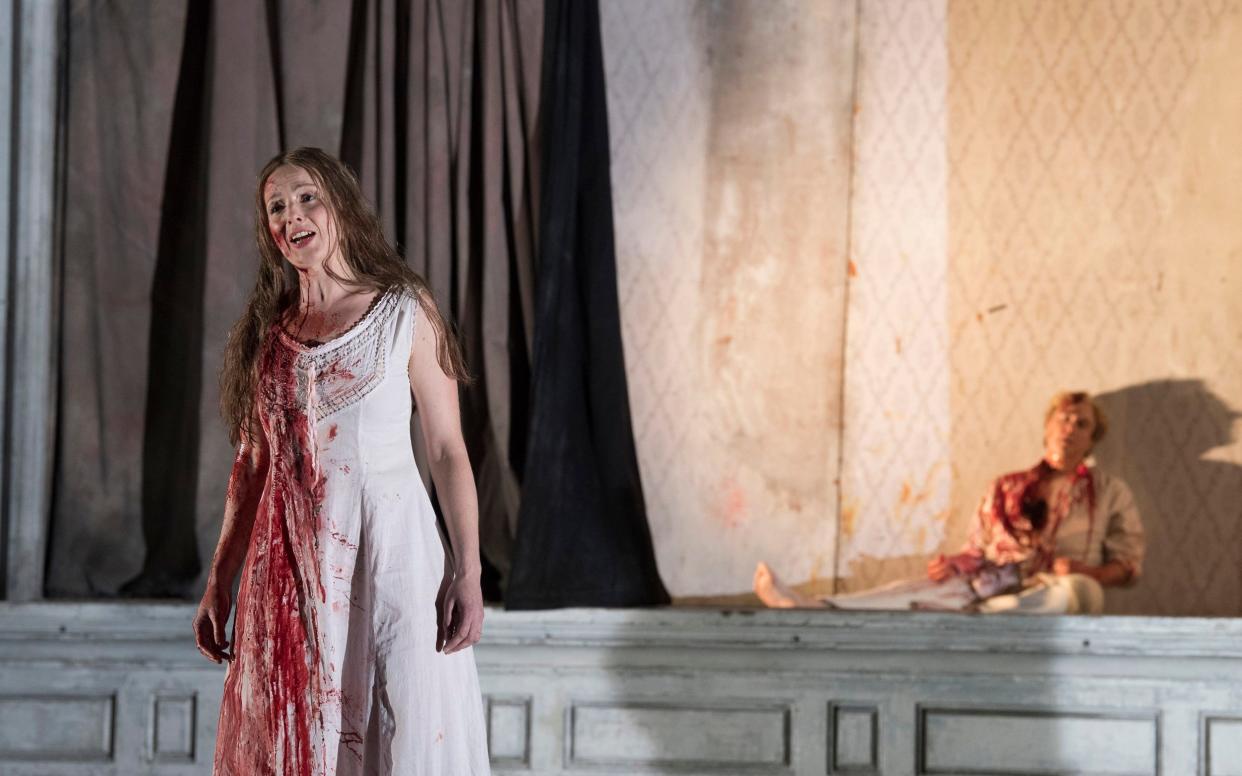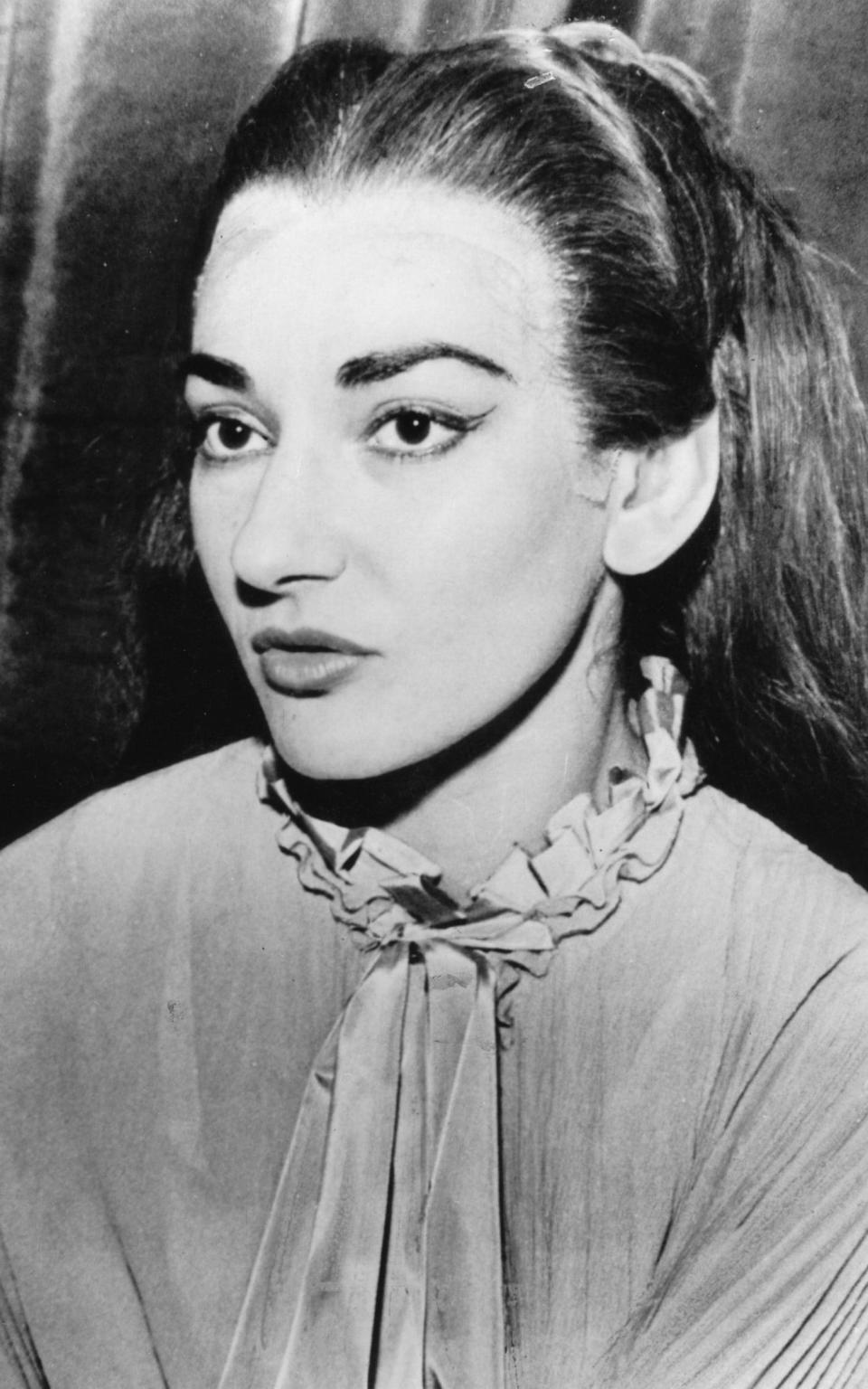Donizetti's Lucia di Lammermoor: the masterpiece saved from obscurity by Maria Callas

Lucia di Lammermoor, Gaetano Donizetti
A great favourite of Victorian audiences until the rising tide of Wagnerism left it seeming quaint, this beautiful opera sank into disrepute until the 1950s, when high-profile productions starring sopranos Maria Callas, Joan Sutherland and Beverly Sills led to a broader revival of interest in Donizetti’s output.
Plot
On the Scottish borders in the late 17th century, the once-prosperous Ashton clan is facing ruin. Ruthless Enrico (Lord Henry Ashton) decides that his mentally frail sister Lucia (Lucy) must marry Arturo (Lord Arthur Bucklaw) in order to restore the family fortunes. But Lucia has secretly given her heart to Edgardo (Laird Edgar of Ravenswood), who supports the Catholic Stuart cause and whose family is feuding with the Protestant Ashtons. Lucia and Edgardo exchange rings and swear eternal love.
Henry finds out about Lucia and Edgardo’s relationship. He presents Lucia with a forged letter suggesting that Edgardo is involved with another woman. Crushed and aghast, Lucia reluctantly agrees to marry Arturo. Edgardo hears about the wedding and bursts into the ceremony, furious at Lucia’s apparent betrayal. Aghast and unable to defend herself, Lucia goes raving mad and murders Arturo in the bridal chamber before expiring herself. When Edgardo hears the news, he kills himself.
Background
This is an adaptation of a novel published in 1819, Sir Walter Scott’s The Bride of Lammermoor, which had already provided material for three other Italian operas when Donizetti came to it in 1835. The commission was a rush job for the Teatro San Carlo in Naples, completed in six weeks under pressure from a management on the verge of bankruptcy, but the excellent libretto by Donizetti’s regular collaborator Salvatore Cammarano (later to work with Verdi on Il Trovatore) was a great help – it offered Donizetti strong characterisation and a plot that intelligently pares away the sub-plot convolutions of Scott’s complex novel. The opera was an instant success at its première, establishing Donizetti as the leading Italian opera composer of the day and within a decade it had been staged as far afield as Algiers, Trinidad, Santiago and Constantinople. Later performances of it memorably feature in two novels - Flaubert’s Madame Bovary and E M Forster’s Where Angels Fear to Tread.
Commentary
This is one of Donizetti’s strongest scores, notably devoid of weak or clichéd passages and much admired for the technically brilliant sextet which follows Edgardo’s intrusion into Lucia’s wedding and expresses the characters’ conflicting emotions.
But it has always been most celebrated for Lucia’s mad scene –a great test not only of a soprano’s vocal agility and endurance but also her ability to convey the volatile moods and phases of a mental breakdown, depicted through the music with astute psychological insight. For many years, Lucia’s lunatic wittering delusion would be echoed by a solo flute, but it has become customary today to use the more eerie sound of a glass harmonica.
Lucia’s character is developed with great mastery from her first aria ‘Regnava nel silenzio’, in which she fancifully describes to her maid Alisa a vision she has had of an ancestral ghost; this is followed by a rapturous duet with Edgardo. Themes from both aria and duet recur hauntingly in the mad scene.
The role of Edgardo is equally challenging and rewarding to a lyric tenor ready to beat his breast and agonise. His arrival at Lucia’s wedding allows him to take centre stage in a thrilling coup de théâtre, and his despair after Lucia’s death brings the opera to a stirring conclusion with a magnificent aria ‘Tombe degli avi miei’, But he also has heroic moments in an earlier scene (sometimes cut) in which Enrico challenges him to a duel.
Contemporary productions have explored the possibility that Enrico’s power over her sister contains an element of repressed incestuous desire, and female directors such as Katie Mitchell like to look at the story from the perspective of its sexual politics, presenting Lucia’s mental state as the result of abuse.
Recordings

Fans of Maria Callas and Joan Sutherland are well served here, as both of these stupendous sopranos left several estimable recordings of this opera – some made in the studios, some from tapes made covertly by amateurs at performances. A consensus would probably give top ranking to Callas’ 1955 version pirated from Berlin in 1955, conducted by Herbert von Karajan, with Giuseppe di Stefano a gloriously impassioned Edgardo (Warner Classics); the sound is poor, even in its electronically re-mastered form, but Callas’ intensity and musicality are utterly enthralling. Sutherland’s 1972 studio iteration, conducted by her husband Richard Bonynge with Luciano Pavarotti as Edgardo is an all-round winner, even if her singing on the earlier 1961 recording conducted by John Pritchard is marginally more dazzling in speed, flexibility and sheen (both Decca).
A fascinating modern recording presents the version of the score that Donizetti prepared for Paris, four years after its Italian première: this contains several significant variations, including a different opening aria for Lucia (Lucie). Blessed with a supple silvery soprano far closer to what Donizetti had in mind than Callas’ or Sutherland’s heftier instruments, Natalie Dessay gives a memorably subtle and vulnerable interpretation of the title-role, with Roberto Alagna and Ludovic Tézier both excelling as Edgar and Henri (Virgin Classics).
There is no firmly recommendable performance on DVD. Sutherland was past her best in a video made in 1982; a 2009 production from the Metropolitan Opera stars a charismatic but miscast Anna Netrebko and Piotr Beczala in a 19th–century setting that evokes the world of the Brontës (both Deutsche Grammophon).
Do you share Rupert Christiansen’s passion for Lucia di Lammermoor? Rupert will be in the comments section of this article between 4pm and 5pm today.


